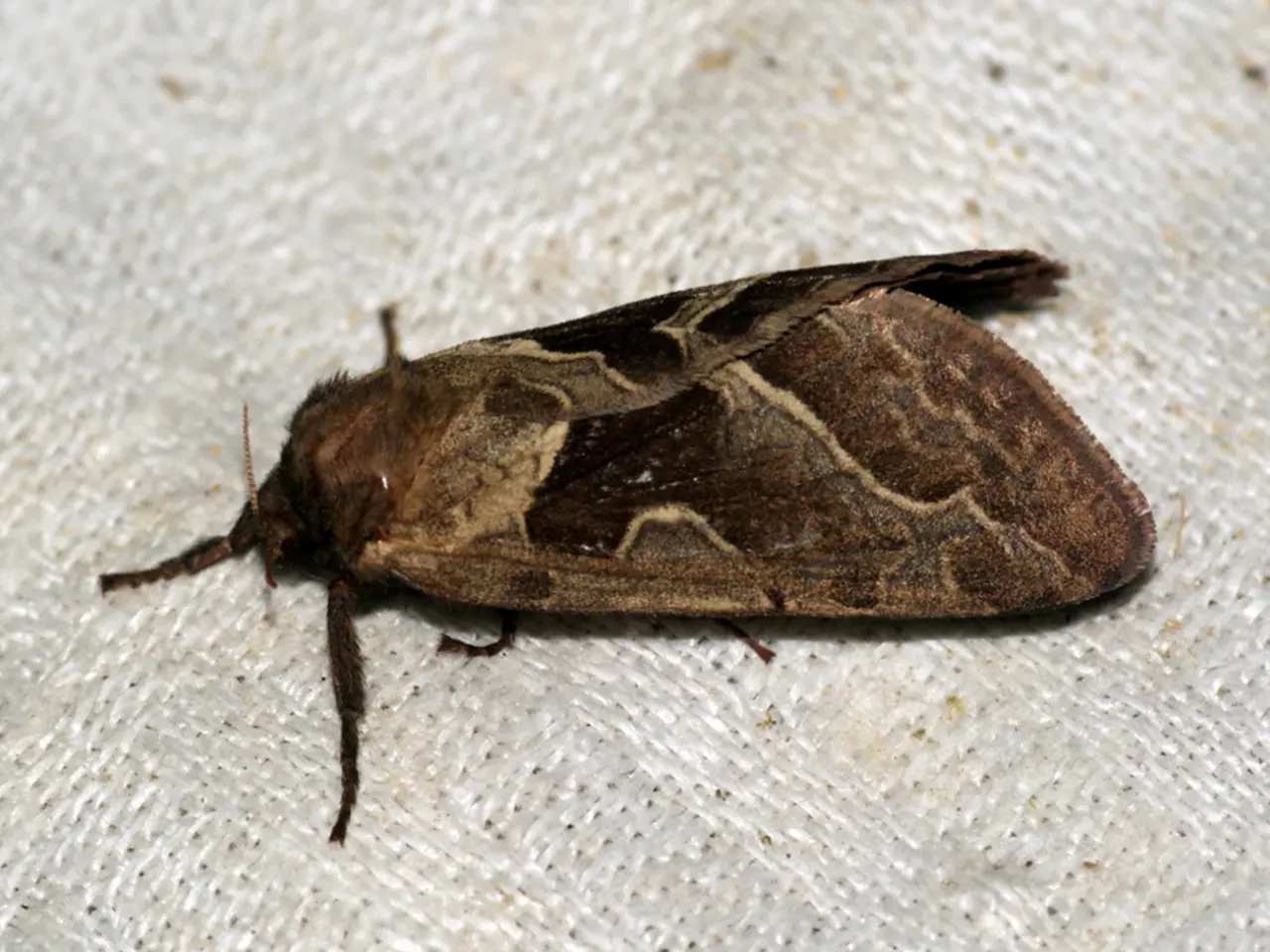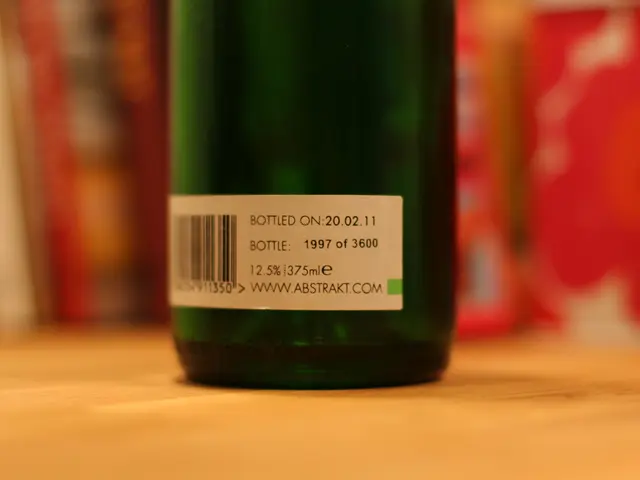Erythema Infectiosum Rash Characteristics: Facial rash (malar) and generalized body rash
In the realm of childhood illnesses, two viral diseases that often present with distinctive rashes are roseola and fifth disease. Both conditions can cause concern for parents, but understanding their key differences can provide reassurance.
Roseola, caused by the human herpesvirus 6 or 7, is characterised by a sudden high fever, followed by a pinkish rash that typically appears on the trunk (chest, tummy, back). This rash, which is usually not itchy, can spread to the face and limbs as the fever subsides, usually lasting 2-3 days[1][2].
On the other hand, fifth disease, one of the five most common viral diseases in children, is known for its hallmark "slapped cheek" appearance. The facial rash, known as a malar or "butterfly" rash, is the first type of rash to appear and affects children more than adults. Following the facial rash, a lacey, reticular (net-like) rash often appears on the trunk and limbs[4][5].
Here's a comparison of the two rashes:
| Feature | Roseola Rash | Fifth Disease Rash | |---------|--------------|-------------------| | Timing | After fever subsides | May follow mild fever or systemic symptoms | | Initial Location | Trunk (chest, abdomen, back) | Face (prominent on cheeks, "slapped cheek") | | Rash Appearance | Pink, flat or raised patches/bumps | Bright red cheeks; followed by lacey, reticular rash on body and limbs | | Itchiness | Usually not itchy | May be mildly itchy or none | | Spread | Can spread from trunk to face and limbs | Often spreads from face to body with lace-like pattern |
While roseola presents first with sudden high fever followed by a pink rash on the trunk, fifth disease is known for its "slapped cheeks" followed by a lacey rash on the body[1][2][4][5].
It's important to note that fifth disease can complicate conditions such as sickle cell disease or a weakened immune system by causing anemia. In rare cases, fifth disease can cause complications during pregnancy. Anyone who has a blood disorder, a weakened immune system, is pregnant, or has symptoms that persist or worsen over time should seek medical advice.
In terms of management, staying hydrated, using moisturizer, taking acetaminophen or ibuprofen for pain or fever, and asking a pharmacist about antihistamine options for itchy rash can help alleviate symptoms. Some days after the facial rash appears, a rash may also develop on the trunk and limbs. This second rash involves papules or bumps and may be itchy, especially in adults.
In some cases, doctors may suggest an antibody blood test for diagnosis. There is no specific treatment for fifth disease, but over-the-counter medications and home remedies can help manage symptoms. The facial rash tends to last for about 2 weeks.
Fifth disease, also known as erythema infectiosum, is caused by the parvovirus B19. People with fifth disease are most likely to pass on the virus during the first stage of the illness. Once a rash or joint pain appears, the virus is no longer infectious.
In conclusion, recognising the key differences between roseola and fifth disease rashes can help parents and caregivers better understand and manage these common childhood illnesses. If symptoms persist or worsen, it's always best to seek medical advice.
[1] Mayo Clinic [2] NHS UK [4] CDC [5] Kids Health
Read also:
- Kid-Friendly Smoothie Delights: 7 Tempting Smoothie Recipes for Children
- In the event of Eric Adams' removal in November, progress on the safety of NYC subways may face obstacles
- Racing for the iconic yellow jersey in the Tour de France: preparing riders for the heat
- "Female advocate for women's rights in Morocco apprehended due to allegations of claiming Allah is a lesbian"






